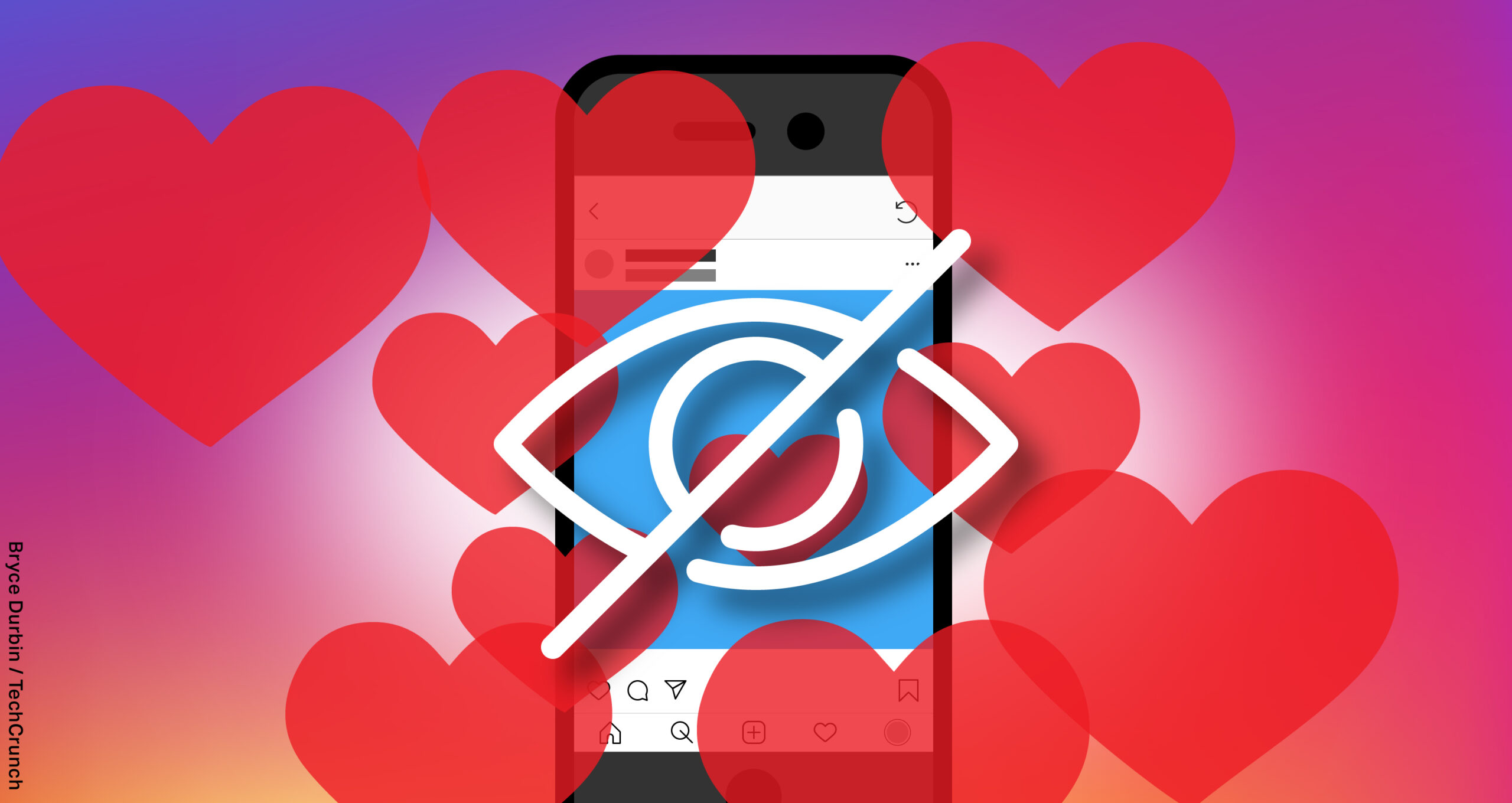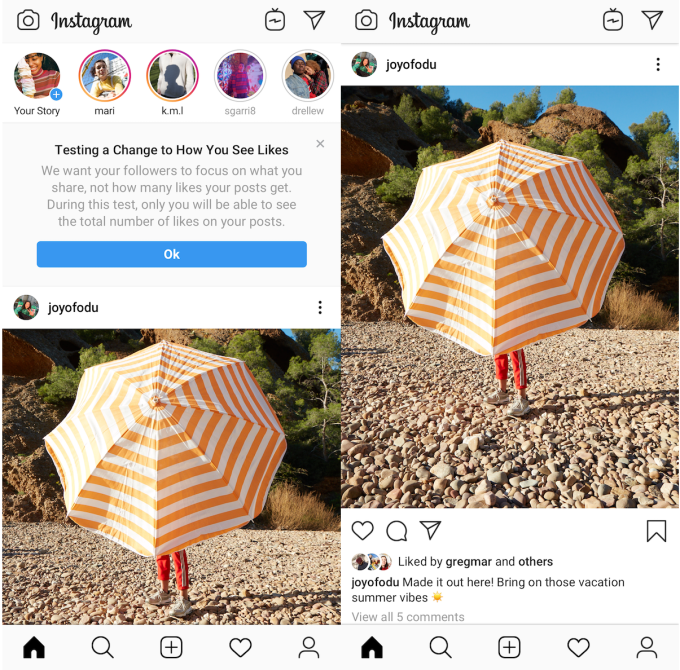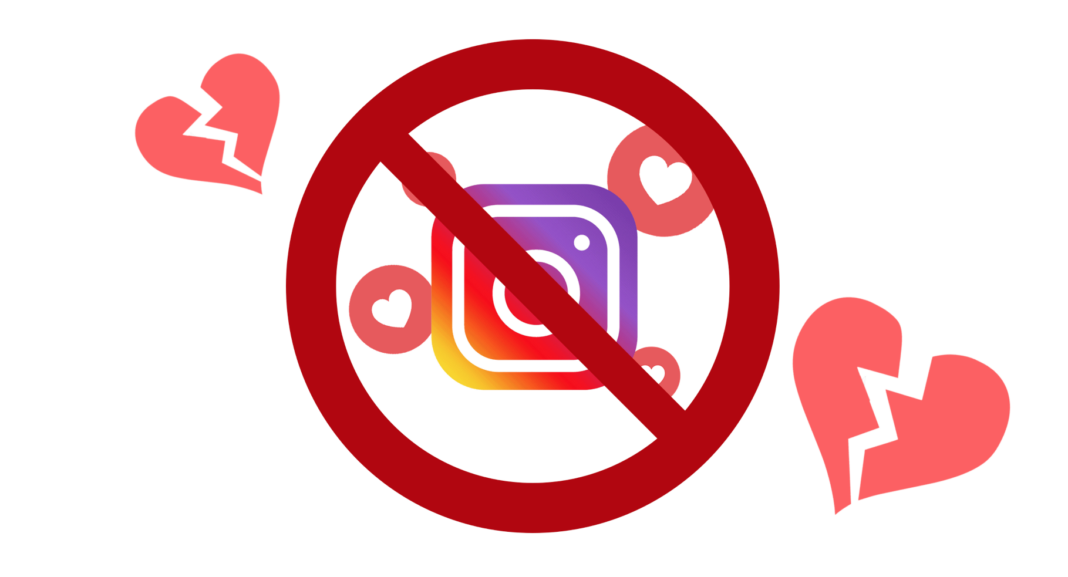## Your Instagram Feed Just Got a Whole Lot More Mysterious
Imagine scrolling through your Instagram feed, only to stumble upon a captivating video, locked away behind a secret code. What would you do? Crack the code, of course! That’s the world Instagram is testing right now, blurring the lines between public and private content with its intriguing new feature: locked Reels accessible only with secret codes.

The Business of Likes: Implications for Advertising and Engagement
Shifting Revenue Streams

Instagram’s decision to hide Like counts, while seemingly a move towards user well-being, has significant implications for the platform’s revenue streams. A core aspect of Instagram’s advertising model relies on engagement metrics, with advertisers paying based on reach and interaction. If users are less focused on Likes, it could lead to a decrease in ad spend as businesses perceive less value in driving high Like counts.
However, this shift could also benefit Instagram in the long run. By reducing reliance on Likes, the platform may encourage a greater focus on official Instagram ads, which offer more transparent and measurable results. Businesses may be willing to invest more in these ads if they can directly track their return on investment (ROI) rather than relying on the less quantifiable metric of Likes.

Transparency and Trust
The move to hidden Likes also raises concerns regarding influencer marketing. Many influencers have built their careers on showcasing high engagement rates, measured primarily by Likes. With public Like counts removed, it becomes more difficult to verify the authenticity and reach of these influencers.
This lack of transparency could erode trust between brands and influencers. Brands may become hesitant to invest in partnerships without clear data on engagement, potentially leading to a decline in influencer marketing spend. Instagram will need to develop alternative methods for verifying influencer performance and ensuring brand transparency in this evolving landscape.

Data-Driven Decisions
Instagram’s focus on user well-being is evident in its decision to prioritize mental health over traditional engagement metrics. By removing the pressure to accumulate Likes, the platform aims to foster a more positive and authentic social experience.
This data-driven approach reflects a growing awareness within the tech industry of the impact of social media on mental health. Instagram’s experiment with hidden Likes signals a potential shift in the industry, where user well-being becomes a key factor in shaping platform features and policies.

Beyond the Like: Instagram’s Quest for a Healthier Social Experience
Combating Toxicity
The decision to hide Likes is part of a broader effort by Instagram to combat toxicity and promote positive interactions. The platform has recently introduced several new features aimed at fostering a more respectful and inclusive online environment.
These features include “nudge” warnings that alert users if their comments are potentially hurtful, “Away Mode” to encourage users to take breaks from the platform during stressful times, and “Manage Interactions” to allow users to control how others interact with their content.

Cultivating Authenticity
By removing the pressure to chase Likes, Instagram aims to encourage self-expression and authenticity. Users may feel more comfortable sharing their thoughts and experiences without worrying about public judgment based on the number of Likes they receive.
This shift could lead to a more genuine and diverse online community, where users are valued for their unique perspectives and contributions rather than their popularity.
A More Balanced Platform
The long-term impact of these changes on user behavior and the overall social media landscape remains to be seen. However, Instagram’s commitment to prioritizing user well-being is a significant development that could reshape the way we interact online.
If successful, these initiatives could lead to a more balanced and healthier social media experience, where users are less likely to experience anxiety, comparison, and toxicity. It could also pave the way for other platforms to follow suit and prioritize user well-being over traditional engagement metrics.
Conclusion
Instagram’s foray into “secret code” reels signifies a bold experiment in content exclusivity and engagement. While the platform cites the potential for creators to cultivate deeper connections with their most dedicated followers, the move raises several critical questions. Is this a step towards a more curated, gated online experience, where access to certain content comes at a price? Will this incentivize the creation of exclusive content, potentially exacerbating existing inequalities in reach and visibility? And most importantly, what are the implications for user privacy and data security when personal codes are involved in accessing content? These are not mere academic exercises; they are real concerns that demand careful consideration. The future of online platforms hinges on finding a balance between fostering community and ensuring open access to information. Instagram’s experiment with locked reels, while intriguing, serves as a stark reminder that the lines between connection and control are becoming increasingly blurred. As we navigate this evolving digital landscape, it’s crucial to engage in critical dialogue about the values we prioritize and the kind of online world we want to build. The future of connection, after all, shouldn’t come at the cost of our collective digital commons.

